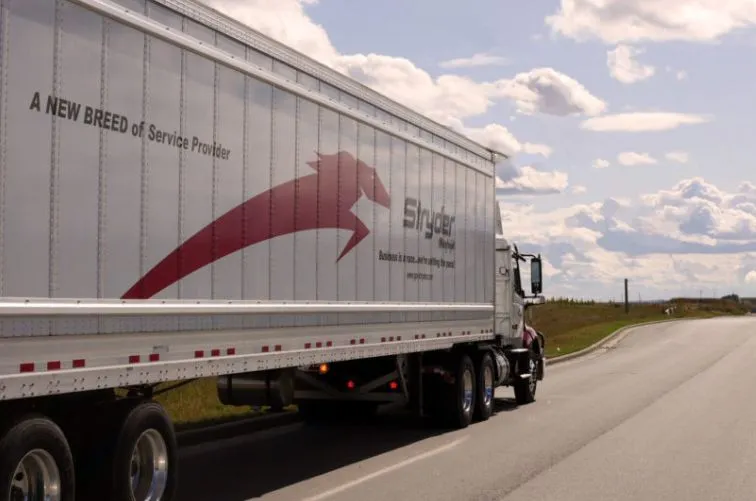At Stryder USA, based in Washington State, we provide expert motor freight transportation services to meet your business needs. If you’re shipping full truckloads across the country or consolidating smaller shipments, choosing the right motor freight transportation option is important to maintaining an efficient and cost-effective supply chain.
Two of the most commonly used shipping methods in motor freight are:
- Less-Than-Truckload (LTL)
- Full-Truckload (FTL)
Understanding the key differences between these options is important when it comes to optimizing your logistics strategy. Here we’ll explain the basics of motor freight transportation and the differences between Less-Than-Truckload freight shipping and Full-Truckload freight shipping, to help you decide which to use for your operations.
What Are Motor Freight Transportation Services?
Motor freight transportation refers to the movement of goods via trucks over land. Motor freight transportation services are highly flexible shipping methods, providing door-to-door service for companies transporting a variety of goods, from consumer products to industrial equipment.
With motor freight transportation, businesses have the option to choose Less-Than-Truckload (LTL) or Full-Truckload (FTL) freight shipping based on the size of their shipment and specific needs. Each method is suited for different shipment sizes, delivery timelines, and cost considerations.
At Stryder, with our modern fleet of 53-foot Food Grade Certified trailers and warehousing logistics services in both the USA and Canada, we offer cost-effective solutions for both LTL and FTL shipments.
However, before deciding on LTL or FTL freight shipping, it’s important to understand which service would best suit your business operations.
Less-Than-Truckload (LTL) Freight Shipping
Less-Than-Truckload (LTL) freight shipping is ideal for businesses that need to transport smaller shipments that do not require the use of an entire truck. In LTL, freight from multiple shippers is consolidated into one truckload, which allows each shipper to share the cost of the truck space.
Less-Than-Truckload is for shipments that range between 150 and 15,000 pounds and take up only a portion of the truck. A standard 53-foot trailer can typically fit 26 standard-sized skids (or pallets) if loaded in a single layer. However, since LTL shipments don’t require the full truck, businesses ship smaller loads that share space with other shipments.
Less-Than-Truckload Shipments (Example)
If you have a 15,000-pound load and each pallet weighs around 1,500 pounds, you’d have about 10 pallets. These 10 pallets would only take up part of a standard 53-foot trailer, allowing the carrier to optimize space by combining your shipment with others. By sharing the truck space, vendors avoid paying for unused trailer capacity, significantly reducing shipping costs.
LTL shipments are a cost-effective solution for businesses looking to reduce shipping costs on smaller loads while still receiving reliable service. However, because the truck is shared with other shippers, LTL shipments may take slightly longer to reach their destination due to multiple delivery stops.
Full-Truckload (FTL) Freight Shipping
Full Truckload (FTL) freight shipping, also known as simply Truckload shipping, is used when a shipper needs the entire truckload for their shipment. This method is ideal for larger shipments, generally over 15,000 pounds, where the shipment occupies the entire trailer or close to it.
FTL shipping ensures that the load is moved directly from the origin to the destination without stopping to load or unload goods from other shippers.
Since the freight truck is dedicated to a single shipment, FTL is faster and reduces the risk of damage to goods, as the cargo is handled less frequently during transit.
LTL vs FTL: Rates, Freight, Shipping
When deciding between LTL and FTL freight trucking services, it’s important to consider factors such as rates, freight weight, and the shipping process. Each option has its advantages depending on your specific shipping needs.
LTL vs FTL: Rates & Cost Difference
Less-Than-Freight Shipments: Rates & Cost
The most notable difference between LTL and FTL is the pricing structure. LTL pricing is based on factors such as freight classification, weight, distance, and the space your freight occupies on the truck (typically measured in linear feet).
Since multiple customers share the truck, each shipper only pays for the portion of the space they use, making LTL a cost-effective choice for smaller shipments.
Less-Than-Freight Shipments: Rates & Cost
On the other hand, FTL rates are based on the use of the entire truck. Though FTL shipping may have higher upfront costs, it can offer cost savings for larger shipments since the pricing is not shared with other shippers, and there are no accessorial charges for multiple stops.
LTL vs FTL: Freight & Weight
Less-Than-Truckload Shipments: Freight & Weight
The weight and size of your shipment are also important factors in determining whether to use LTL or FTL. LTL shipments typically range between 150 and 15,000 pounds and consist of smaller loads.
These shipments may include multiple pallets of goods but not enough to fill an entire trailer. Freight carriers will consolidate your load with others to fill the truck.
Full-Truckload Shipments: Freight & Weight
In contrast, FTL is suited for shipments over 15,000 pounds or when the shipment volume occupies the entire space of the truck. If your load is bulky, heavy, or needs the dedicated space of a single truck. FTL services are the better option to avoid potential product damage.
LTL vs FTL: Shipping Time
Less-Than-Truckload Shipping Time
The shipping process differs significantly between LTL and FTL. With LTL shipping, the load may make several stops along the way to the destination as the truck picks up and drops off other shipments.
This means delivery times may be longer compared to FTL, but it also allows for more flexibility in terms of shipment size and frequency.
Full-Truckload Shipping Time
In contrast, FTL shipping offers faster transit times because the load is delivered directly from the origin to the destination without stops.
For time-sensitive shipments, FTL ensures quicker delivery timelines, making it the preferred choice for urgent or large shipments.
LTL & FTL Trucking Services in Washington State: Stryder USA
At Stryder USA, we offer motor freight transportation services for businesses in Washington State and beyond. Our services include both LTL and FTL freight shipping, allowing us to provide flexible solutions tailored to your shipping requirements.
With a dedicated fleet of 53-foot trailers and 700 vehicles in operation in North America, we ensure your goods are transported safely and efficiently, whether you need to ship a partial truckload or utilize the entire trailer, domestic or internationally cross-border. Our experienced team is committed to delivering reliable service with a focus on customer satisfaction, ensuring that your freight is handled with care and reaches its destination on time.
In addition to motor freight, we also provide intermodal trucking and drayage services, giving you access to a wide range of logistics solutions. With Stryder USA, you benefit from our competitive rates, optimal efficiency, and state-of-the-art logistics operations. We are proud to be a trusted 3PL logistics partner, offering trucking and warehousing services that help streamline your entire supply chain.
Interested in our Less-Than-Truckload (LTL) or Full-Truckload (FTL) services?
Contact us at 253-458-7705 or sales@go-stryder.com, we’d love to hear from you!


Recent Comments